Video Menu
My Favorite Videos
My Favorite Videos
Releasing the Putter Face
Sorry, you need to be a member to access this video.
You Are Just Seconds Away - Become a member here!
Already a member? Log in now

Releasing the putter face is something that is misunderstood by most of the golfing population. It is a common held belief that the putter face should be looking down the target line during the entire stroke. Of course, that's not possible without manipulating the putter face and bending over to 90* with the upper spine. The putter, just in the normal swing, works on an arc which means the putter face is only looking straight down the target line for a split second at impact and then immediately working left and pointing left of the target.
- Just like a full swing, the putting stroke works on an arc and needs a little bit of rotation to release
- Most golfers try to swing "straight back & straight through" and flip the club in an effort to square the face
- Don't let the left wrist break down - get a slight rotation of the the left wrist bones to release instead
- You should feel like the putting stroke works low to the ground
- The face will point slightly left of the target at the end of the stroke
Putting distance, control and direction really has a lot to do with face rotation rather than taking rotation out.
A lot of golfers don't understand that the putter face needs to be released, just like any other golf club, obviously not to the same degree.
But in order to get your putts to come out on line and to roll true, rather than putting a lot of backspin on there and control your distance, the loft needs to be taken off during the stroke rather than added to the stroke.
And that's what most golfers do.
So when they're coming through impact, most golfers have the putter face working up.
And it's an effort to keep the face square to the line.
So they see it, and from their perspective, it looks like this is a square face.
And, of course, you're hitting a short putt.
You want to be very accurate.
You don't want the putter face moving all over the place.
So what they do is they let their left hand break down as they're stroking the putt like this.
I'm exaggerating it of course.
But you'll see that as this happens.
When you look at it from this perspective, it looks like the putter face is still kind of pointing at the target.
But just like in the golf swing, you don't want to do that because there's a couple things that are going to happen.
First, when your wrist is breaking down, the putter head is passing your hands, you're losing control of that putter face.
It's just like in a full swing when you let the putter head or the club head pass your hands, it's a flip, and you're losing control of that club.
The same is true in putting.
So as soon as you start breaking this wrist down, not only as the club head passing your hands, which is going to make it difficult for direction control, You're going to struggle with distance control because the loft that's on the putter face is always inconsistent.
So depending on how much you flip it on each shot, especially if you get a little twitchy or nervy, you get a little right hand in there and it breaks down a little more, Your putter face may have four degrees of loft at address, and that impact it might have six sometimes, sometimes it might have eight, sometimes it has zero.
And so that dramatically affects the way the ball is going to roll because of how much loft is on the putter face.
So what you're also going to find is that because the putter face is always working in what would kind of be considered a V-shaped pattern, it's not a V, but it's kind of a steeper release point, The putter face is kind of working back up through the ball and so you're going to catch it on the bottom of the face a lot.
So if this is you, You struggle with distance control and you don't hit your putts very solid, and you catch the ball on the bottom of the face a lot, you're going to really, really struggle with distance control.
So you've got, You've got an inconsistent strike because the putter head is working back up as you let that left wrist break down to release the putter.
So now you're catching a little bit too much on the upswing and you're catching that low on the face and you're not going to be able to hit the ball solid.
And then you're also flipping it and that's going to get the putter face kind of out of control.
So just like in the full swing, you need rotation, believe it or not, to square the face and actually take loft off through the stroke.
Not that you're hooding it and pulling it, but the club face, because it's working on an arc, needs to naturally rotate around that arc.
So what a lot of golfers have misconstrued is that the idea that the putter face should work straight back and straight through.
The only way that's possible without you manipulating it would be for that putter shaft to be at 90 degrees and then for you to be at 90 degrees, you have to be really bent over, and then you would be able to make the putter face go back 90 degrees.
But even here, in order to keep the putter face square, I've got to rotate my hands, otherwise it's going to open.
So I've got to rotate my hands this way going back, now it's square, And then, as I go through, I've got to flip it or rotate my hands, or do something to keep that putter face square.
It doesn't work that way.
The putter is always working on an arc because of our incline spining on the length of the shaft.
So because of that, it needs to have the appearance that it's naturally opening and closing, because it's working around on that arc and then it's working back through on that arc, just like your normal swing.
So for a lot of golfers, that is a very different concept in putting, So you need to understand how that works in terms of what your body is doing.
In order to get a true roll on the ball and keep the loft much more constant, rather than adding loft, you're actually going to feel like you're taking a lot of loft off.
So here's how that works.
What you're going to feel is no more of this left wrist breaking down.
We don't want that.
What you want to feel is you take these two wrist bones and you rotate them, a very small amount.
The putter is already going to be working on an arc, but you're going to allow the putter face to release by allowing these two wrist bones to rotate.
So here's what that's going to look like.
Here's the flip first.
I'm going to go back and then I'm going to flip it with my wrist.
You can see very easily that my wrist is breaking down here.
What I want to see is that the putter face is rotating and so it's going to look like, instead of from your perspective, the flip looks like the putter face is still looking at the camera, it should be left of the target this way because it's being released on an arc.
So if you struggle with distance control, this is going to dramatically change how you get the ball to roll.
As you're getting the putter face to be released through the stroke, The ball is going to have a lot less backspin on it because you're taking Loft off through the stroke.
When you're adding loft, again we already talked about hitting it thin and so on and so forth, You're also getting more backspin on the ball because there's more effective loft on the putter at impact.
So you're going to feel like you start closing it down.
And a good feeling for that is that through the stroke, you want to feel that the putter face is working low to the ground.
So from this perspective, if I was to make my stroke and flip it in my follow through, it's going to look like the putter face has worked high off the ground.
I'm exaggerating here a little bit, But we've all seen golfers who putt like this, and the putter is two feet off the ground or a foot off the ground after a long putt.
What you want to feel is that if I rotate the toe is released and is much lower to the ground.
So you're going to see that now, you're going to have a much shallower stroke, which is good for keeping the strike, The consistency of the strike and where you hit the ball on the putter face in the same point every time.
You don't want it bouncing down off the ground steep and then releasing steep.
You want to be shallow back and through.
Shallow back, shallow through and the only way that you can do that is to have a little bit of rotation.
So if I just isolate the movement here, it's just taking these two bones and rotating them slightly so the putter face can release.
So when you start doing that, you'll have more consistent loft on the putter, you'll be taking loft off, the ball will roll truer and you hit the ball really solid which is critical for distance control.
So if you struggle with the distance control in your putts, it's always a little inconsistent.
Work on releasing the putter face and your distance control will improve dramatically.








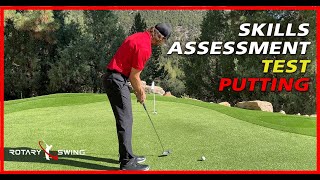


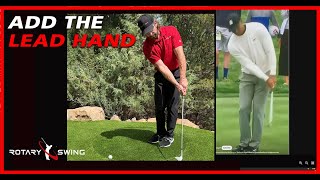


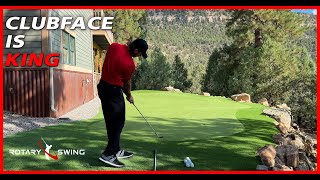








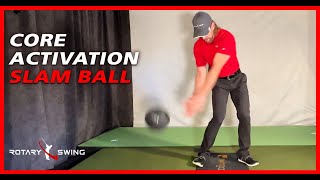





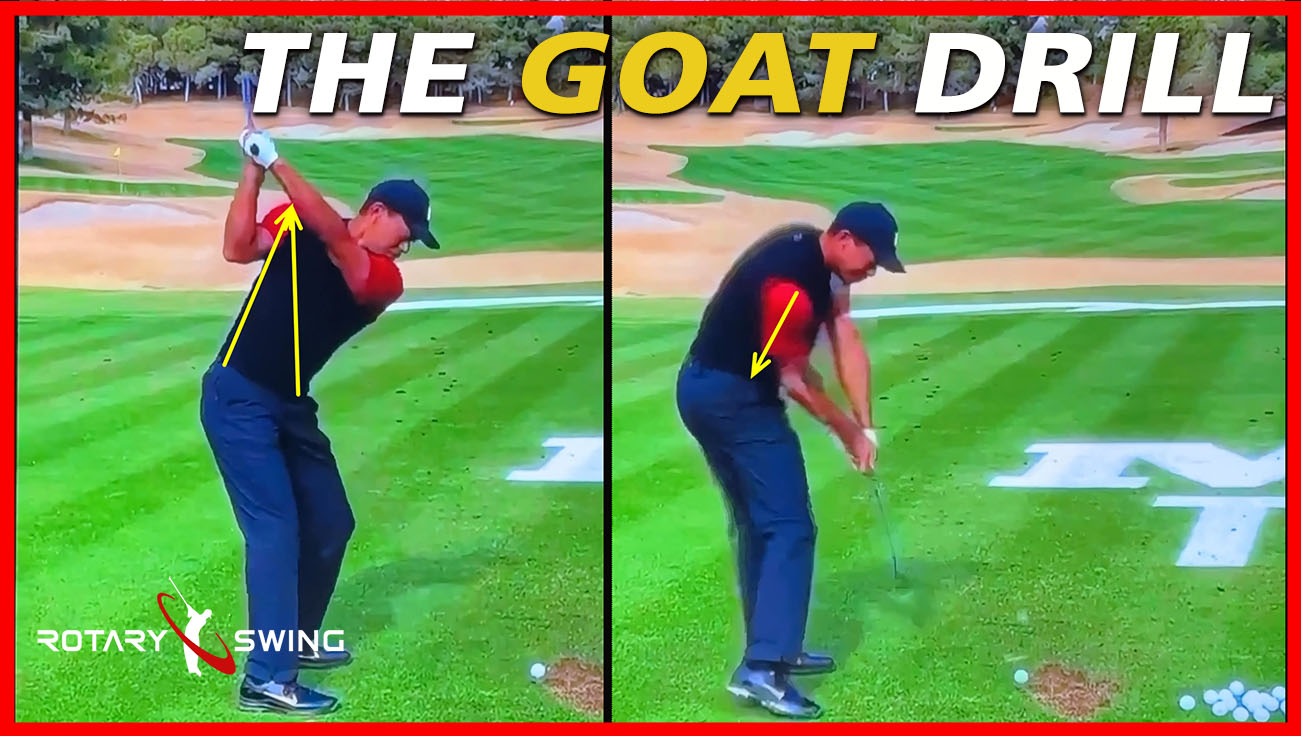


















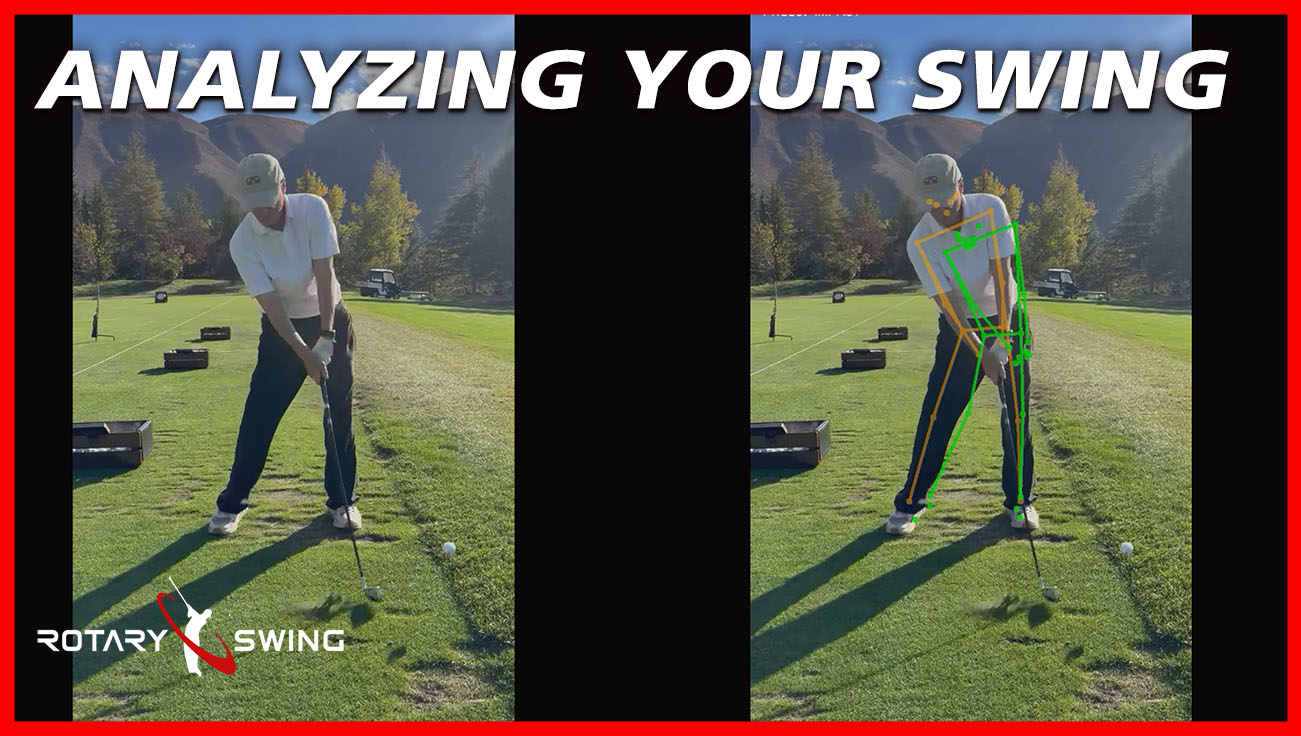







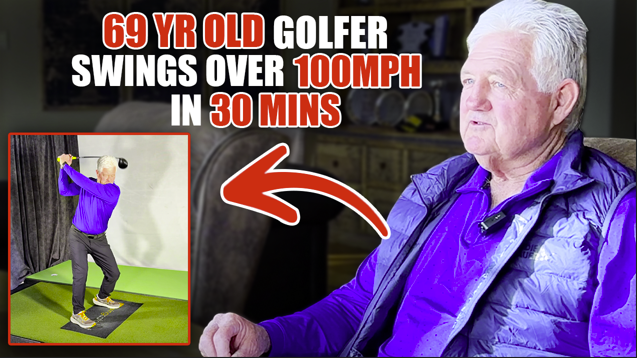
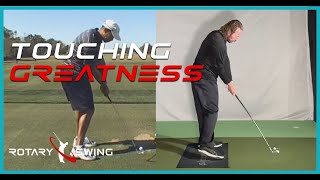

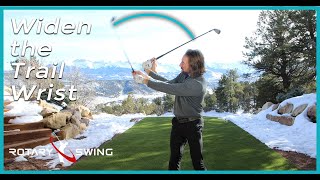



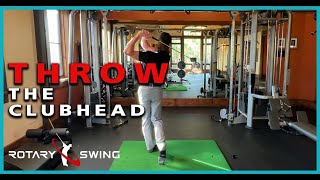







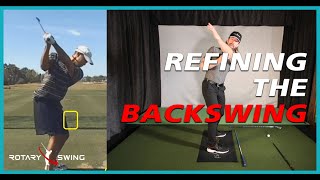







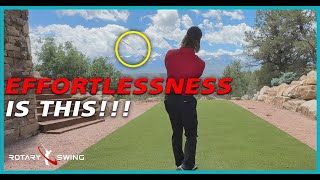
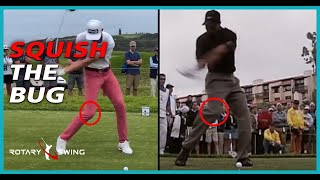
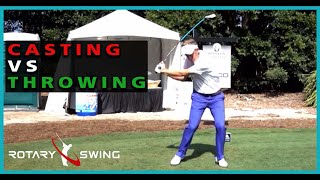



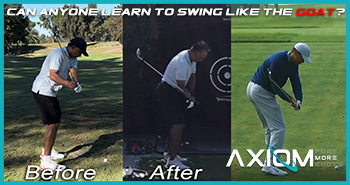






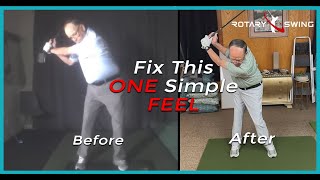











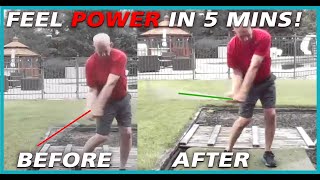


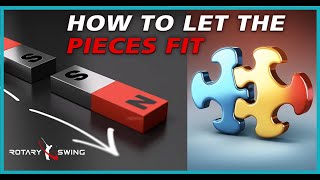




















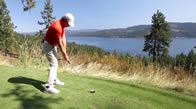



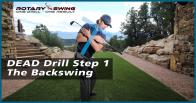

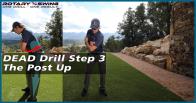










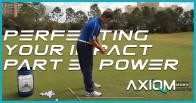











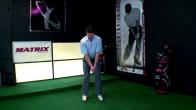



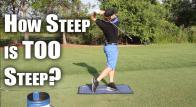






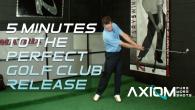
























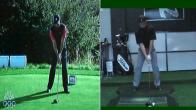



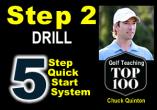






















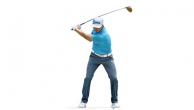

































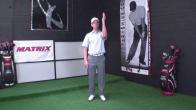




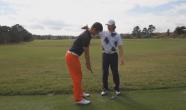















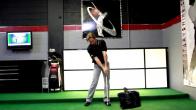



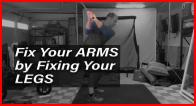


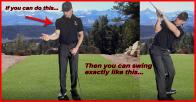




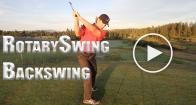

















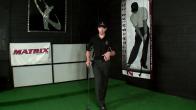














































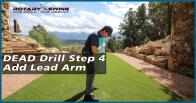




















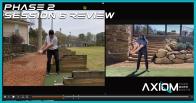







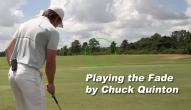











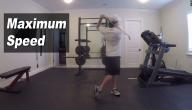

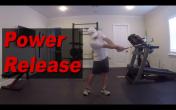
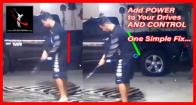


















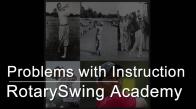



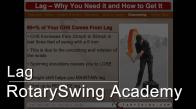



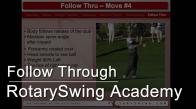










































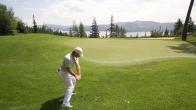





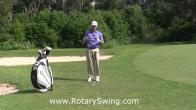











Gisella
Craig (Certified RST Instructor)
Bradly
Craig (Certified RST Instructor)
Carole
Craig (Certified RST Instructor)
Mike
Craig (Certified RST Instructor)
Mike
Craig (Certified RST Instructor)